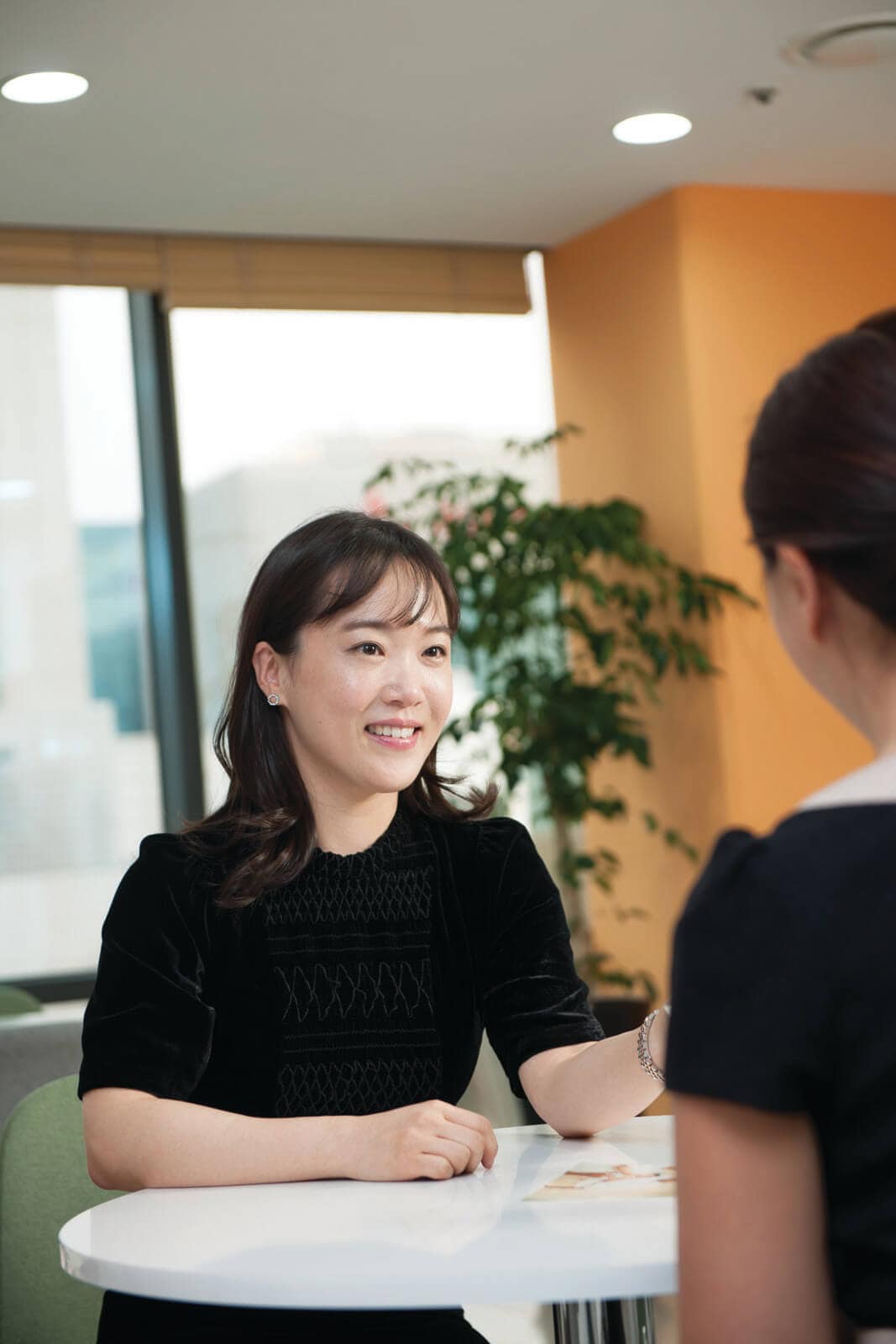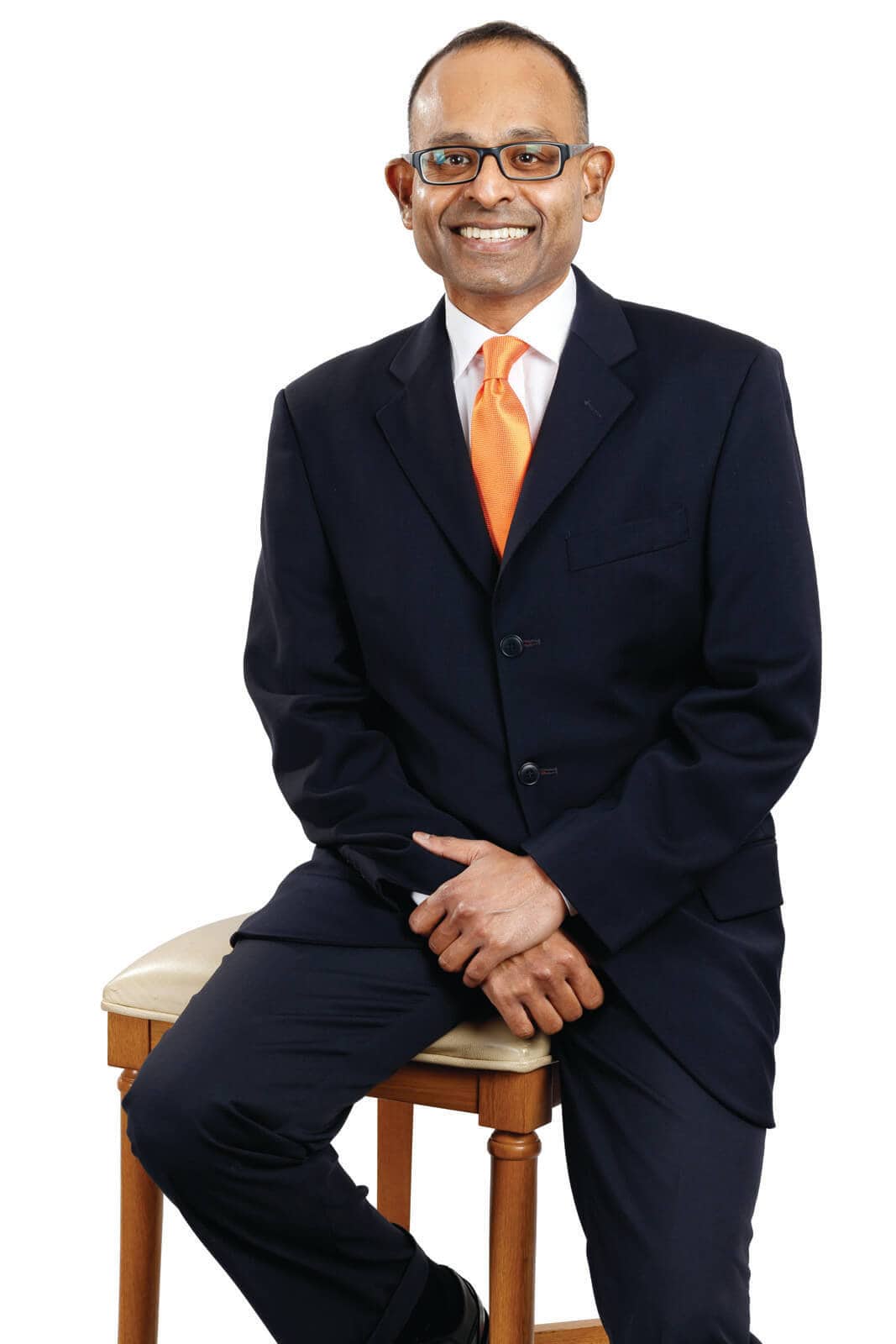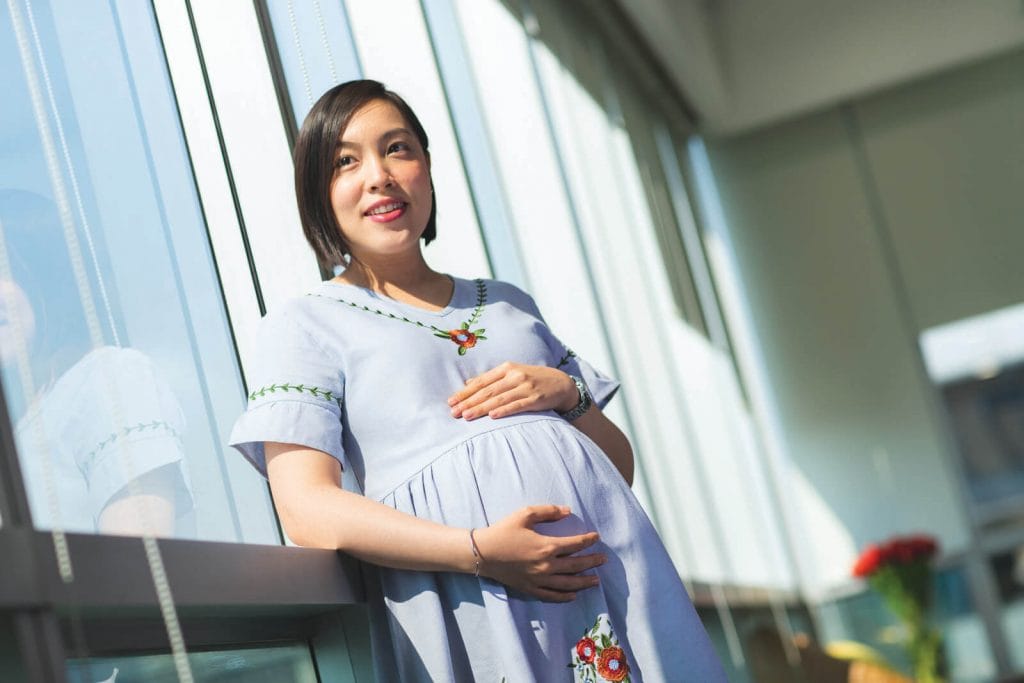
Pregnancy can be a joyful yet demanding period in a woman’s life. For many expectant mothers, it often throws up a million and one questions. Moska Najib reports for Roche Diagram magazine on what women seek during their pregnancy journey, especially when it comes to the health of their babies, based on a study conducted by Roche Diagnostics.
Current fertility rates indicate that women have become more effective in family planning as they balance education and career with marriage and motherhood. According to the United Nations Population Fund (UNFPA) State of World Population report, five countries or territories with the world’s lowest total fertility rates are in East Asia and Southeast Asia.1
Women who go through pregnancy in their late 30s or 40s are at greater risk of infertility and complications during pregnancy. For Kim Juehee, this was the case. At 37 years of age, Juehee had her first baby through in-vitro fertilisation (IVF) and admits it was one of the most rewarding but “toughest journeys” of her life. “There is a high risk of miscarriage in the first trimester. Although I was nervous about my baby’s health and well-being, I sought ways to reassure myself.” Using a foetal heart rate monitor, Juehee regularly listened to her growing baby’s heartbeat, giving her peace of mind throughout her pregnancy.
Regardless of socioeconomic status, education and awareness levels, one factor that binds women like Juehee is the need to be reassured when they step into a consultation room. A study conducted by Roche Diagnostics Asia Pacific identified traits and attitudes among first-time mothers and revealed how the level of detail for reassurance varies depending on mothers’ attitudes i.e. if she is more of a ‘practical pregnancy’ type of mother or a more ‘emotionally driven’ one.2 It also showed how healthcare professionals adapt their communication style to better suit their patients’ attitudes and disposition. According to Juehee, it is common for consultations with obstetrician and gynaecologists (OBGYNs) to be no longer than five to ten minutes. In this time, doctors have the challenge of developing a relationship with their patients, updating them about their baby’s health, and educating them on the next steps in their pregnancy journey. It is no surprise that the study found 61% of the mothers interviewed in Korea took a more proactive approach to their pregnancy journey.2
Many pregnant women rely on forums and chat groups. This is dangerous as not all information available online is accurate. It also means that we, doctors, spend a lot of time rectifying misleading information which brings anxiety and distress to our patients. – Dr Eeson Sinthamoney
Excess of Information
Thanks to Dr Google, knowing everything about pregnancy and parenting often seems just a mouse click away. What mums find in the unregulated environs of the global web is that the quality and reliability of information vary and sometimes contradict each other.
Although the internet has democratised knowledge, according to Dr Eeson Sinthamoney, President of the Obstetrics and Gynaecology Society Malaysia (OGSM), the problem lies when patients “gravitate towards the wrong sources of information.” Dr Eeson says, “Many pregnant women rely on forums and chat groups. This is dangerous as not all information available online is accurate. It also means that we, doctors, spend a lot of time rectifying misleading information which brings anxiety and distress to our patients.”
In such an environment, the role of clinical systems to improve the educational experience of patients is significantly important. Dr Eeson suggests informative patient portals, which will invite engagement and support an active approach to maternal and child care. Trusted and credible information portals can serve as a type of information prescription for mums who want to learn more. Bringing clarity to patients with the right information will smoothen the journey of pregnancy for both mums and doctors. If and when mums are looking for information on testing, it is important for them to have access to the right information, at the right time, in the right manner to facilitate an enjoyable and reassuring pregnancy.

Making Sense of Risks
While in the past, doctors screened expectant mothers for suspected diseases common to their family history, today, prenatal diagnosis is a routine part of obstetric care. According to the Roche study, doctors are gate-keepers of the pregnancy journey and many first-time mums acknowledge a power-shift as they give up the driver’s seat to follow their recommendations.2
Jintarat Taamsri was 22 weeks into her first pregnancy when the gynaecologist informed her that something might be wrong with her baby. During a routine ultrasound screening, the doctor found a cyst in the baby’s brain and suggested that Jintarat may have a higher-than-expected risk of carrying a baby with Edward’s Syndrome. Also known as trisomy 18, the rare genetic condition can result in severe developmental problems and may even cause a miscarriage or stillbirth.
To verify the findings, Jintarat underwent amniocentesis, an invasive test that analyses foetal cells from amniotic fluid extracted by a large needle inserted into the mother’s womb through the abdomen. “I waited for about three weeks to receive my test results. I searched the internet and found out that babies with Edward’s Syndrome die before birth and their survival rate beyond a year of life is only around 5 – 10%. It was a very stressful waiting period,” says Jintarat. Three weeks later, the findings were negative. The baby was healthy and Jintarat and her husband were relieved. Now in her last trimester, Jintarat says if she could turn back time, she would opt for non-invasive prenatal testing (NIPT) even though it is costlier than the tests she opted for. “The result has better accuracy and precision,” says Jintarat, “Had I done the test earlier, I may not have had an amniocentesis, which would have been a relief given how stressful the waiting period was.”
Advances in prenatal testing have resulted in more and more women being tested for atypical chromosomes and other conditions. New testing techniques have improved the safety and accuracy of prenatal diagnosis. Unlike traditional screening tests that are invasive and carry a risk of potential miscarriage,3 NIPTs analyse fragments of foetal DNA that’s drawn from the mother’s blood. In addition to a 99% accuracy4 in detecting Down syndrome, NIPT can be done as early as 10 weeks5 into a woman’s pregnancy, yield quicker test results and reduce the risk of complications.
Sensitive and reliable diagnostic information throughout pregnancy is essential for both clinicians and patients. Only through accurate and reliable diagnoses can doctors develop a plan of action for their patients. More importantly, faster and less invasive diagnostic innovations like NIPT can provide a better patient experience for mothers who are possibly going through an anxious point in their pregnancy.
This is where diagnostic companies can partner clinicians to relieve uncertainty as well as support early and appropriate testing decisions by providing mums with credible, accurate and relatable information. By doing so, mums will have the reassurance of the safety and health of their babies, giving them the peace of mind needed to have a joyful pregnancy.

The study identified four types of emotional approaches to pregnancy, highlighting the range of attitudes and behaviours among first-time mothers:

Practical Pregnancy
Can seem ‘non-emotional’ in posts. Focused on what/when/how much, less questioning of the standard approach (although still exploring their options).

Pregnancy by numbers
Less accepting of doctors advice at face value. They research every decision and are detail oriented. Sometimes (but not always) better informed.

One step at a time
Pregnancy may have been difficult from the start for them. Tend to be older mothers, with history of health problems. Early issues might be raised. Often not looking too far ahead but more concerned with the next hurdle.

Emotionally driven
The emotional experience is extremely important to them, often the first to respond to other women. Frequently simply seeking reassurance but also place significant value on the experience of others.
References:
1United Nations Population Fund
(UNFPA). 2019. The State of World Population 2018.
2Women’s health diagnostic assessment. 2017. Roche Diagnostics Asia Pacific
3ACOG Practice Bulletin 88. 2007. Invasive prenatal testing for
aneuploidy.
4ACOG Practice Bulletin No. 77. 2007. Screening for foetal
chromosomal abnormalities.
5International Journal of Women’s Health. 2015. Non-invasive
prenatal testing: a review of international implementation and challenges.














